Urban Farming
Agriculture 2.0
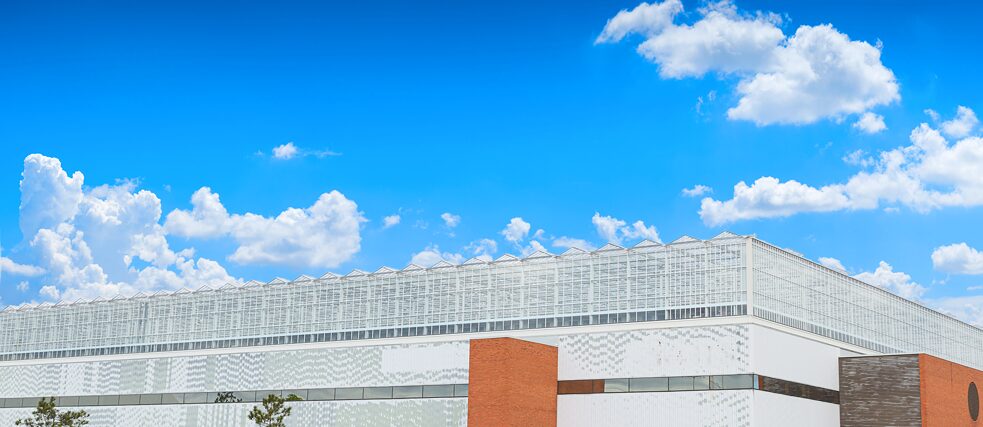
The innovative use of urban space for agricultural purposes offers some interesting solutions to many of the problems faced by the food industry. Lufa Farms in Montreal put the idea of rooftop greenhouses into practice and today operates the world’s largest rooftop farm. However, it will be some time yet before these high-tech urban farming methods are used widely around the world.
By Michael Krell
When the container ship Ever Given ran aground in the Suez Canal in Egypt on 23 March 2021, it initially appeared to be simply a curious mistake – a nautical miscalculation. Just under a week later, the Ever Given was back on course and heading towards the Red Sea, and the accident faded out of the headlines. However, what did make it into the mainstream public discussion was the vulnerability of global food transport chains. Disrupting these routes in the bottleneck that is the Suez Canal would have a lasting impact on the everyday lives of billions of people.
Global food trading also has a number of negative effects even when no accidents happen, however. Having fresh papayas in Duisburg supermarkets in the depths of winter or tasty Christa potatoes in Gatineau in Canada comes at a price. The Food Miles Report - the dangers of long-distance food transport, which was published back in 1994 by the UK company Sustain, uses food miles to measure the sustainability of foods. Not only is the carbon footprint of the means of transport taken into account (shipping accounts namely for only 4% of the overall footprint of certain foods such as meat and avocados), but also for example the ways in which foods are treated to preserve them during long journeys, which in some cases can be extremely damaging to the environment.
Climate change, transport routes, rising demand, rural depopulation
Even regional agriculture, which chalks up fewer food miles because it supplies the local population, is facing problems: prices are being pressured by subsidies and global competition, resulting in monoculture and increasingly aggressive growing methods that do indeed bring prices back down but result in poorer quality in the long run. In addition, there is a shortage of young people willing to take over farms – they do not see a rural existence as being particularly lucrative and prefer to move to cities.Climate change, transport routes, rising demand, rural depopulation: the food industry is facing some enormous challenges. If demand could be met by local producers and if customers could be persuaded to be a bit less fussy, an important first step would have been taken towards establishing a form of agriculture appropriate to the 21st century.
During the First World War, the Canadian government successfully trialled a strategy – new at the time – to secure the supply of food in cities: in 1917, so-called victory gardens were introduced to motivate urban populations, which had already been decimated by the war, to grow food in their backyards and other urban spaces. The tradition lived on – and today a dense network of community gardens can be found in Canadian cities; as well as making people more self-sufficient, they also play an important social role.
The world’s largest rooftop greenhouse
Inspired by this idea, the engineer and entrepreneur Mohamed Hage, together with his partners Lauren Rathmell, Kurt Lynn and Yahya Badran, developed a concept that involved setting up a greenhouse on the roof of a building in an industrial area in the Montreal district of Ahuntsic. Having grown up in a small village in Lebanon, Hage had first-hand experience of the principle of self-sufficiency. After a two-year planning phase, the world’s first commercial rooftop greenhouse – Lufa Farm – opened in 2011. Working with the biochemist Lauren Rathmell, Hage came up with a sustainable urban agriculture concept that he calls “Agriculture 2.0”; at the Ahuntsic site alone, it allows his team to produce over a ton of vegetables every week. The company has meanwhile grown and has four sites; in 2020 it opened the world’s largest rooftop farm in the Saint-Laurent neighbourhood. Each week, this greenhouse alone harvests over 15 tons of tomatoes and aubergines. In 2021, the Montreal-based farms produced over 25 tons of vegetables per week, and production is increasing all the time. So how is this possible?Growing in a controlled environment
Using natural sunlight as a source of warmth and energy, rainwater for irrigation, and specific insects to combat specific pests, Lufa Farm produces vegetables – without the use of herbicides, pesticides or fungicides – that satisfy even the strictest organic food regulations. The plants are grown not in conventional earth but in a kind of coconut fibre substrate within a closed circuit system in which all the necessary nutrients are supplied via water. Known as hydroponics, this technique requires 13 times less water than conventional farming. Growing in a controlled environment makes farming extremely reliable and easy to manage. Additional techniques like multi-storey cultivation, which sees beds placed one on top of the other, further increases productivity many times over.The direct distribution system that is used is also ingenious. Based on a kind of subscription model, customers use the farm’s website to choose what they want to have delivered each week. The roughly 20,000 vegetable boxes that are ordered are then made available at over 200 pick-up points across the city or delivered directly to the customer’s home. The range was extended some time ago to include goods from other local sustainable producers and now encompasses more than 2,000 products – everything from frisée lettuce to organic soap.
Millions of roofs worldwide
This type of local full-service organic supply is already a global trend. If enough urban spaces were used, this could reduce the traffic on transport routes considerably, slash the carbon emissions caused by transporting and treating foods, and ease the strain on overburdened traditional trade. Examples of urban agriculture can also be found in Germany: the Dachfarm Berlin is a service provider for new urban farmers and helps with installing new equipment, while ECF Farmsystems uses the aquaponic principle, which combines fish breeding and vegetable cultivation. That said, all the German providers are still relatively small and have not yet been able to achieve the same degree of market penetration as Lufa Farm.However, as logical and problem-oriented as the principle of the rooftop greenhouses may seem, there has also been considerable criticism. The market entry barriers are huge due to the high technological costs of the equipment, so the prices for consumers are high. In fact, supermarket vegetables from far-off countries are in some cases quite a bit cheaper than locally produced ones. Consequently, the locally grown products do not reach those parts of society that are reliant on support. The limited range of products also means that the new form of urban agriculture is used only to supplement other forms, so there is still significant potential for optimization.
But a start has been made nonetheless, and all over the world millions of roofs are vacant and just waiting to be planted, which would allow the concept of closed-cycle urban farming systems to become a true solution for the food supply problems of the 21st century – one roof at a time.

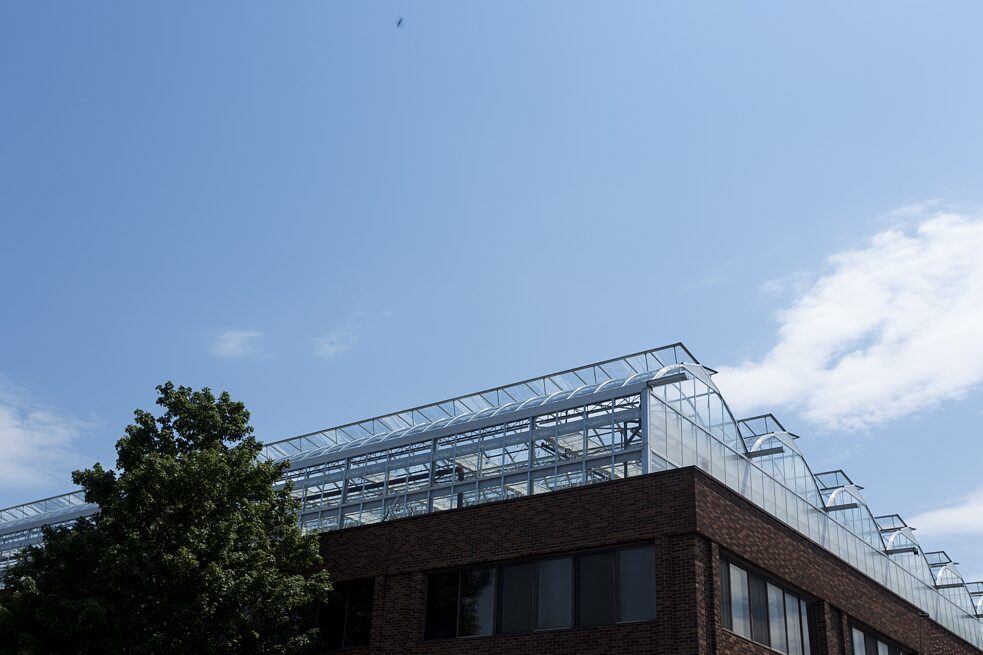
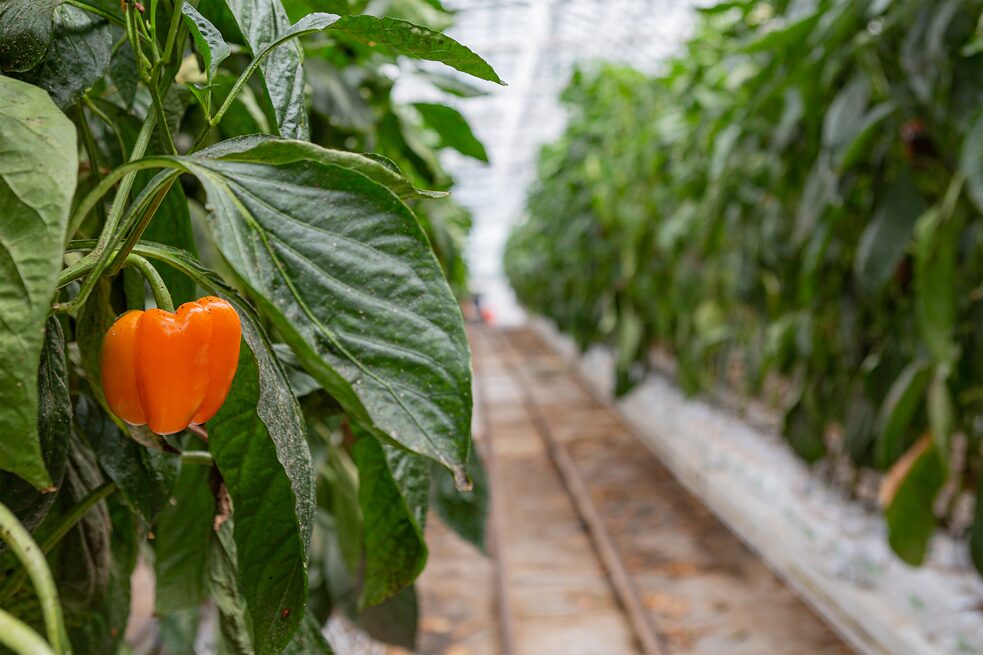
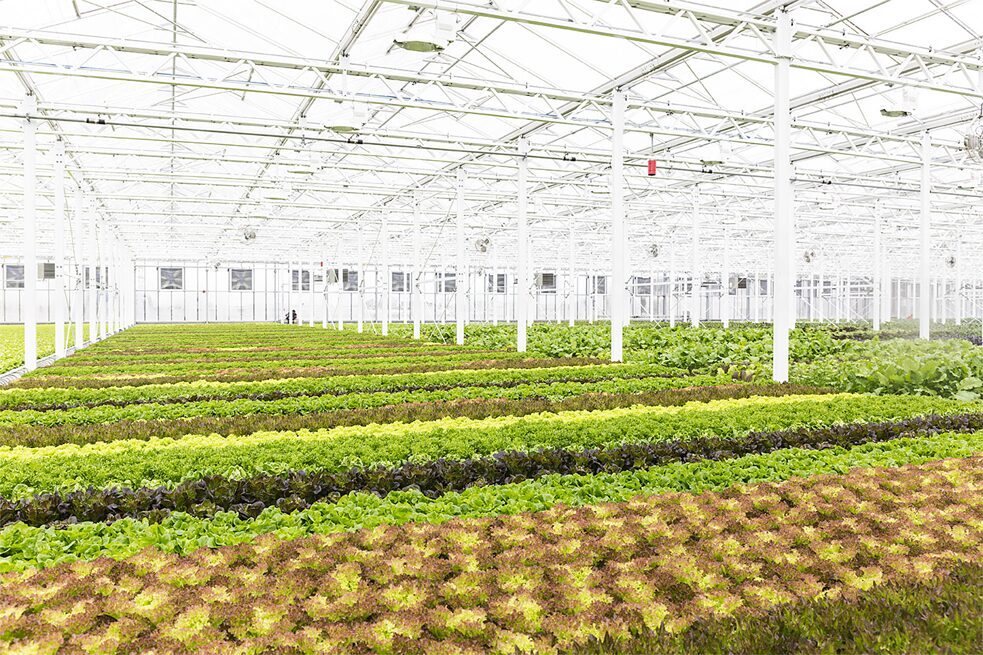
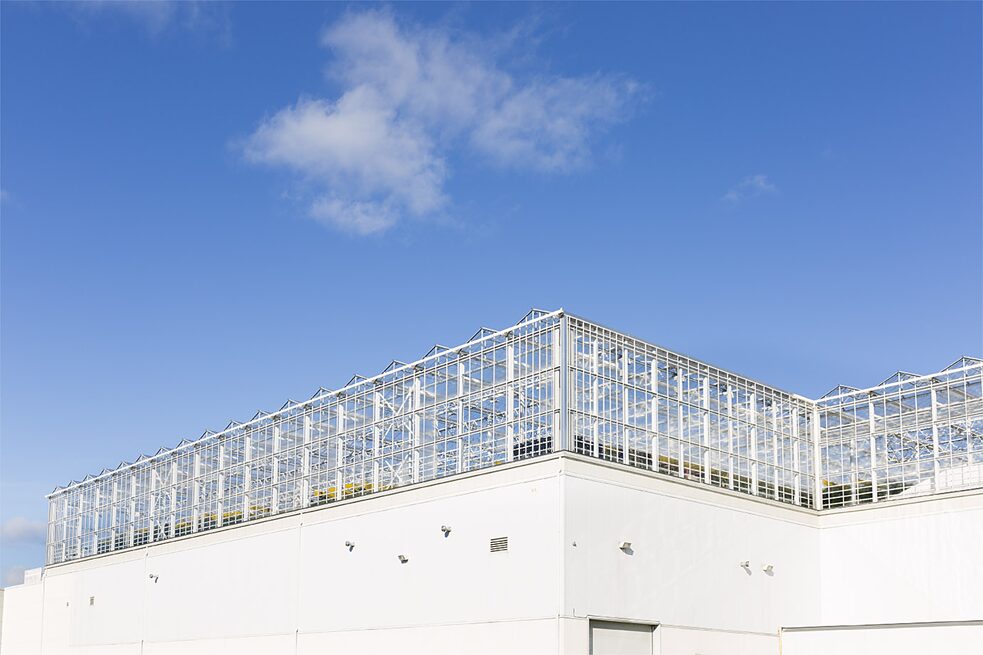
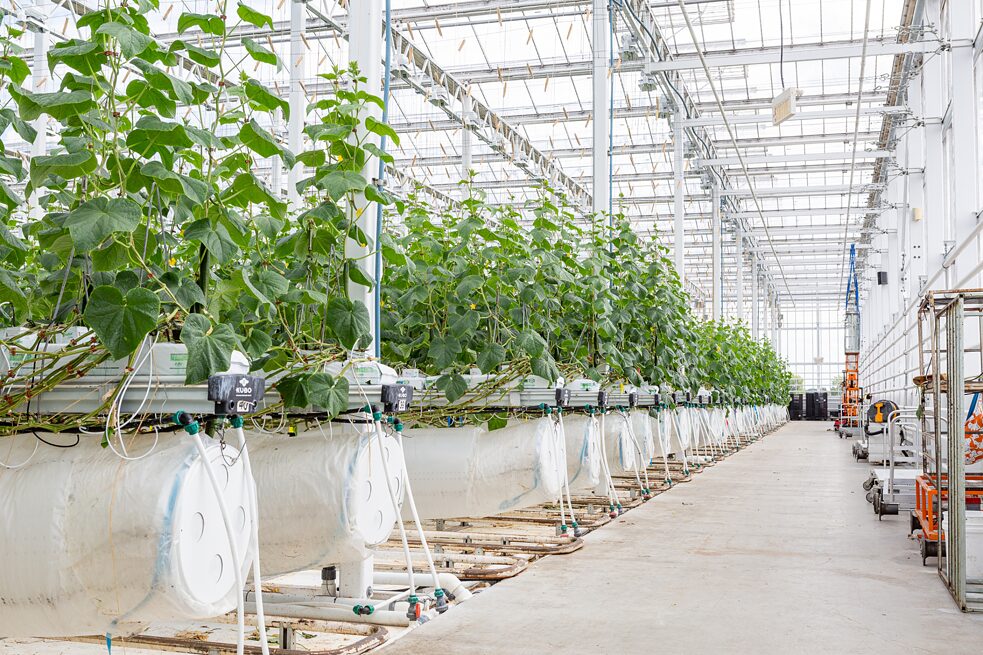
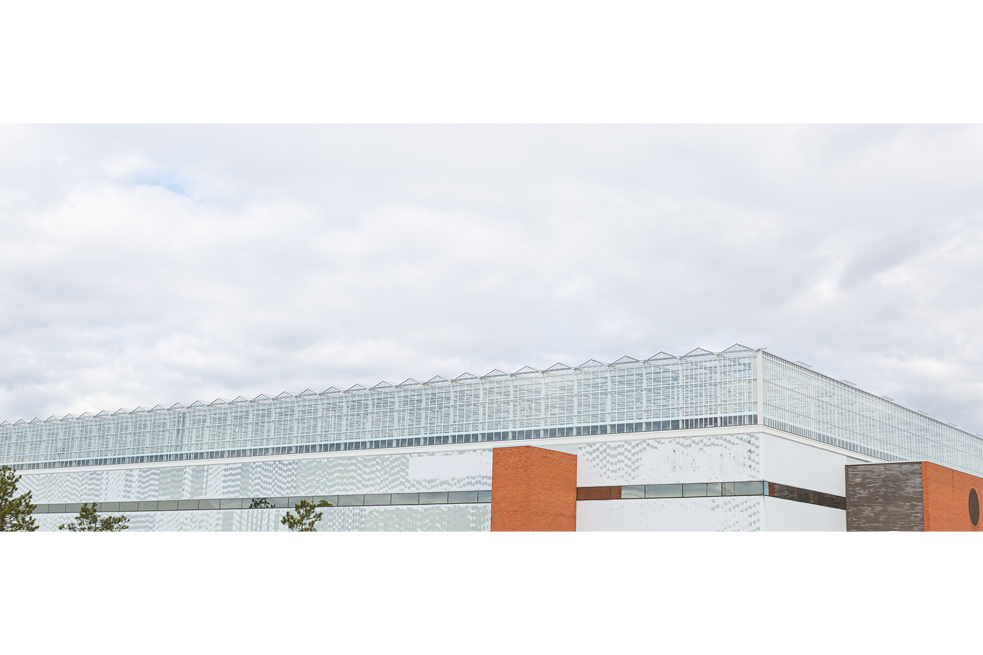
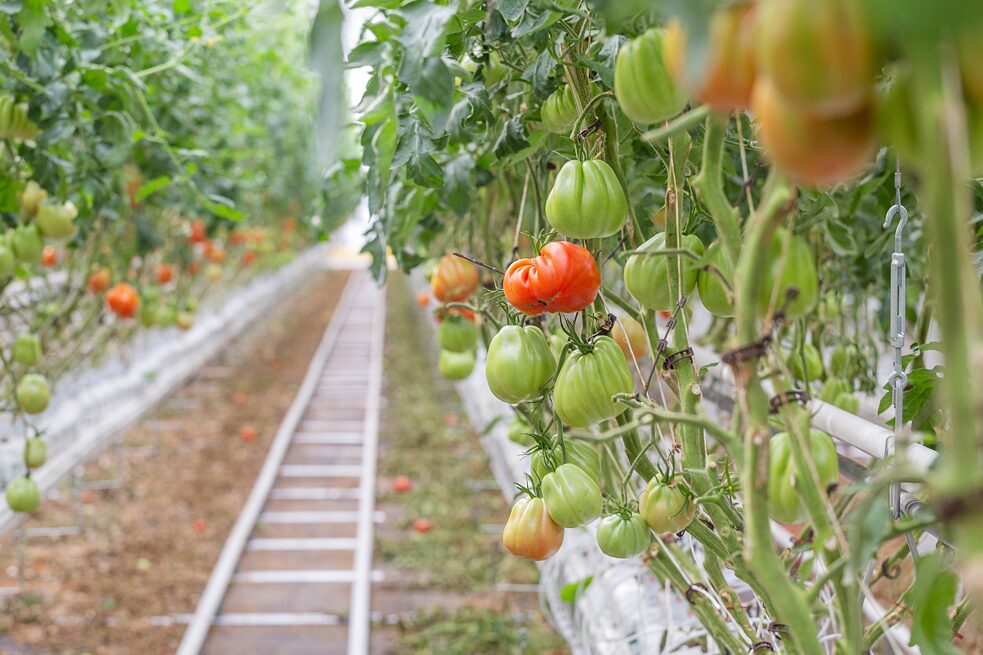
Comments
Comment